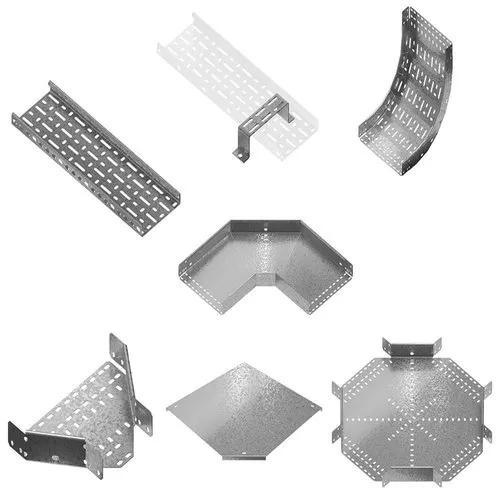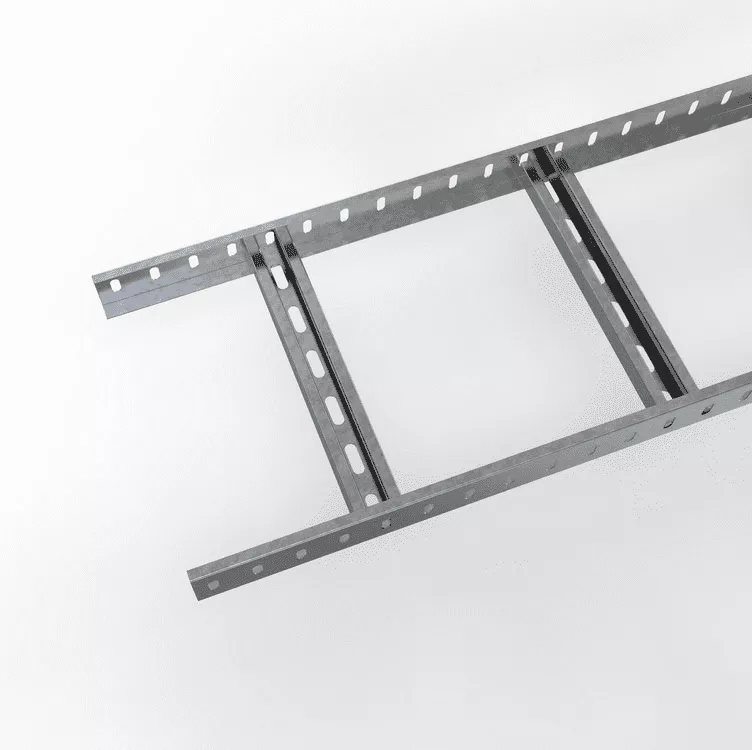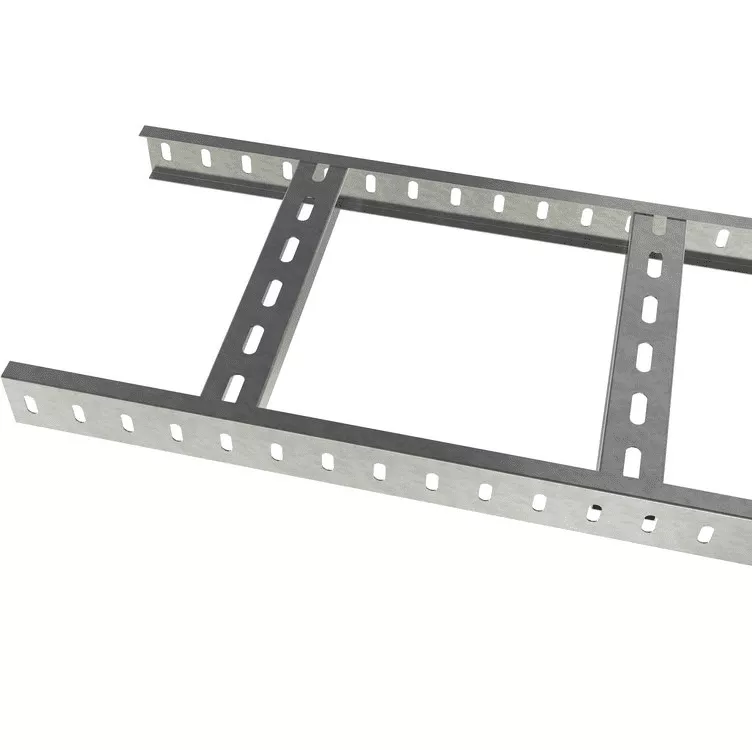Cable trays are essential components in modern electrical installations, providing organized pathways for routing and supporting cables and wires. Among the various types of cable trays available, perforated cable trays stand out for their versatility, ventilation properties, and aesthetic appeal. This comprehensive article explores the design, advantages, common applications, and installation guidelines for perforated cable trays, offering insights for professionals in the electrical and construction industries.

Understanding Perforated Cable Tray Design
Perforated cable trays are characterized by their open design, which features a series of holes or slots across the tray’s surface. Typically constructed from materials such as galvanized steel, stainless steel, or aluminum, these trays provide a balance between cable support and airflow. The perforations can vary in size, shape, and pattern depending on the manufacturer and the specific application requirements.
Key Benefits of Perforated Cable Trays
1. Enhanced Airflow: One of the primary advantages of perforated trays is their ability to promote natural cooling of cables. The open design facilitates continuous airflow, which helps dissipate heat generated by the cables, thereby extending their lifespan and reducing the risk of overheating.
2. Lightweight and Aesthetically Pleasing: Compared to solid-bottom trays, perforated versions are generally lighter, making them easier to handle and install. The visual openness also contributes to a cleaner, less obtrusive appearance, particularly in architectural settings where aesthetics are a concern.
3. Versatility in Cable Management: The design accommodates a wide range of cable sizes and allows for easy addition or removal of cables during maintenance or system upgrades. It also supports the use of cable ties, dividers, and other accessories for organized cable segregation.
4. Reduced Dust Accumulation: Despite allowing air circulation, the presence of small perforations can limit the ingress of dust and debris onto the cables, promoting cleaner operating conditions and easier cleaning.

Common Applications
1. Industrial Facilities: In manufacturing plants, warehouses, and factories where heavy machinery generates heat, perforated cable trays help maintain a safe operating temperature for electrical systems.
2. Data Centers: These trays are ideal for data center environments, where maintaining optimal temperature levels for sensitive electronic equipment is critical.
3. Commercial Buildings: In office complexes, shopping malls, and public spaces, perforated trays contribute to a neat and professional look while providing necessary cable management.
4. Outdoor Installations: Their weather-resistant properties make them suitable for outdoor applications where protection against elements is required, coupled with the need for ventilation.
Installation Guidelines
1. Planning and Layout: Careful planning is crucial to determine the most efficient cable tray route, taking into account cable load, access points, and future expansion needs.
2. Support and Spacing: Follow the manufacturer’s recommendations for support brackets and tray spacing to ensure structural stability and prevent sagging under cable weight.
3. Grounding and Bonding: Properly ground and bond the cable tray system to protect against electrical faults and ensure safety.
4. Cable Loading: Distribute cables evenly within the tray to avoid overloading any section and maintain the tray’s integrity.
5. Seismic and Environmental Considerations: In seismic zones or areas with harsh environmental conditions, additional bracing or specialized fastenings may be required to meet code requirements.
6. Inspection and Maintenance: Regular inspections help identify any damage or cable congestion issues, ensuring continued safe operation.

Conclusion
Perforated cable trays are a popular choice in contemporary cable management systems due to their combination of functionality, aesthetics, and versatility. Their design not only promotes efficient cable cooling and ease of installation but also caters to a wide array of applications across various industries. By adhering to proper installation practices and considering site-specific requirements, professionals can leverage the full benefits of perforated cable trays, ensuring reliable and efficient cable management solutions.

